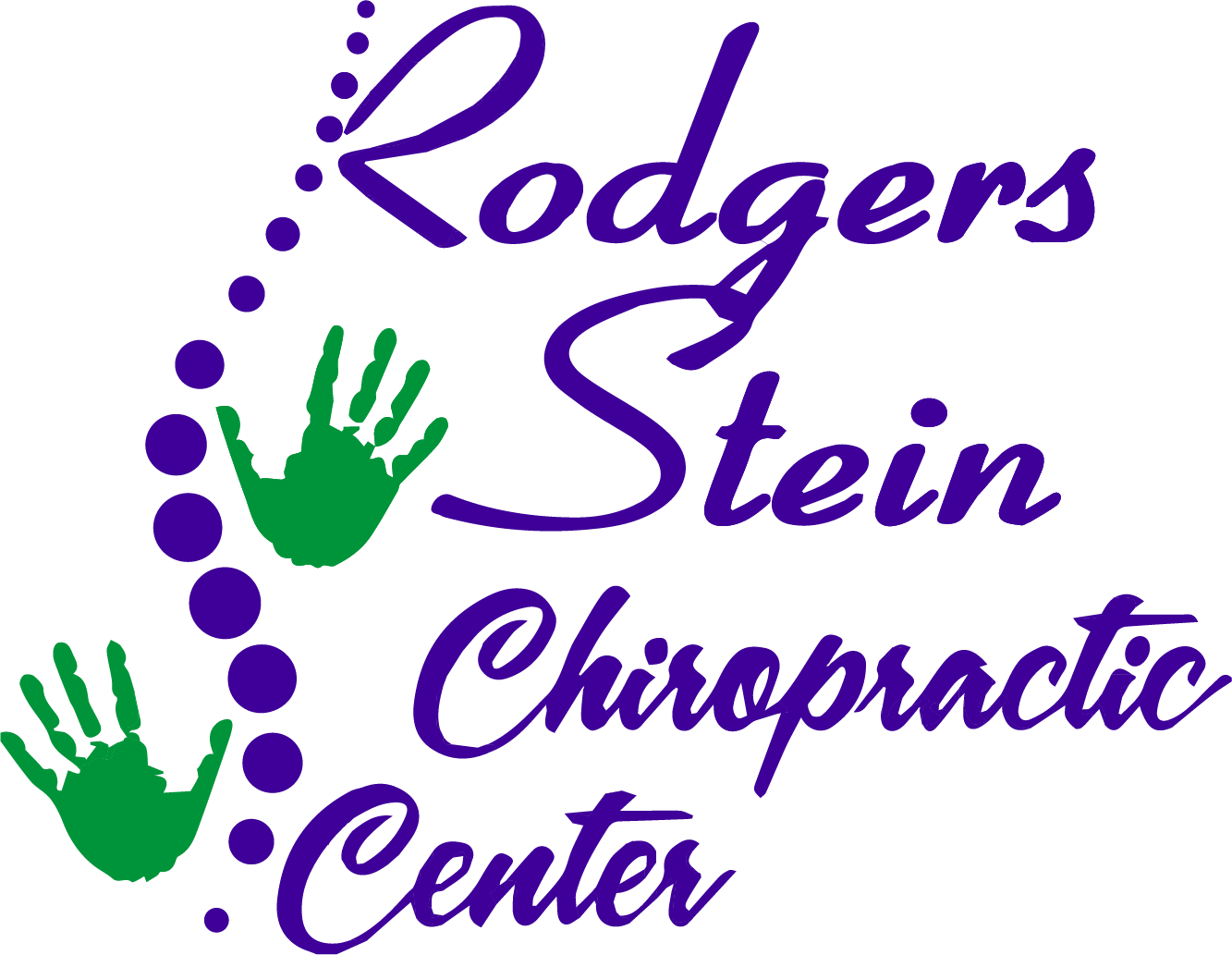You might underestimate the impact that flexibility has on your overall well-being, but it's more than just a physical attribute. By releasing your body's flexibility potential, you can enhance your athletic performance, reduce the risk of injury, and improve your daily movements. Many believe that flexibility is just for athletes or dancers, but that's a common myth. Understanding how to incorporate effective stretching techniques into your routine can transform your fitness journey. Curious about which methods can yield the best results?
Understanding Flexibility
Flexibility plays an essential role in your overall physical health and performance. Understanding flexibility is key to releasing your body's full potential. At its core, flexibility refers to the ability of your joints and muscles to move through their full range of motion. This capacity varies greatly among individuals and can be influenced by factors like age, genetics, and activity levels.
When you think about flexibility, it's important to recognize that it's not just about being able to touch your toes or perform a split. It encompasses various aspects, including dynamic flexibility, which involves the range of motion during movement, and static flexibility, which refers to how far you can stretch a muscle when at rest. Both types are important for different physical activities, whether you're playing sports, dancing, or simply engaging in daily tasks.
Your body's flexibility is a complex interplay of muscle elasticity, joint structure, and nervous system function. It's essential to maintain a balance between strength and flexibility to avoid injuries. When muscles are too tight, they can limit your movement and increase the risk of strains or sprains.
That's why incorporating regular stretching and mobility exercises into your routine is crucial. Ultimately, understanding flexibility means recognizing its importance in optimizing your physical abilities and enhancing your overall wellness.
Benefits of Increased Flexibility
Increasing your flexibility offers numerous benefits that can greatly enhance your physical health and performance. When you work on becoming more flexible, you're not just improving your range of motion; you're also setting yourself up for a healthier, more active lifestyle.
Here are some key benefits you can expect:
- Reduced Risk of Injury: Increased flexibility helps your muscles and joints absorb impact better, lowering the chances of strains and sprains during physical activities.
- Improved Posture: Stretching regularly can help align your spine and strengthen the muscles that support good posture, reducing back pain and discomfort.
- Enhanced Athletic Performance: Whether you're running, cycling, or participating in team sports, better flexibility can lead to improved speed, agility, and overall performance.
- Increased Blood Flow: Flexibility exercises increase circulation, helping your muscles receive oxygen and nutrients more efficiently, which can enhance recovery after workouts.
- Stress Relief: Engaging in flexibility exercises like yoga can promote relaxation, reduce tension in your muscles, and help clear your mind.
Common Flexibility Myths
You might think that stretching alone guarantees flexibility, but that's just one piece of the puzzle.
Many also believe that age limits your ability to improve flexibility, which simply isn't true.
Let's clear up these common myths so you can access your true flexibility potential.
Stretching Equals Flexibility
Many people believe that stretching alone guarantees improved flexibility, but this common myth can lead to misconceptions about how our bodies actually work. While stretching is an essential part of a flexibility routine, it's not the sole factor in achieving greater range of motion.
Flexibility involves a combination of strength, control, and proper technique.
To truly enhance your flexibility, consider the following points:
- Consistent Practice: Stretching needs to be a regular part of your fitness routine, not just a one-time effort.
- Strength Training: Building strength in the muscles surrounding your joints contributes to better flexibility.
- Joint Mobility: Including mobility exercises helps improve the range of motion in your joints, complementing your stretching.
- Warm-Up: Always warm up before stretching to prepare your muscles and prevent injury.
- Listen to Your Body: Pay attention to how your body feels during stretches; pushing too hard can lead to setbacks.
Age Limits Flexibility Progress
As people age, there's a common misconception that flexibility must decline, but that's far from the truth. Many believe that once you reach a certain age, your body simply isn't capable of becoming more flexible.
However, flexibility is largely influenced by your lifestyle, activity levels, and stretching habits rather than just age.
You might think that older adults should stick to gentle movements, but incorporating dynamic stretching and mobility exercises into your routine can greatly enhance your flexibility at any age.
It's important to challenge your body regularly; this encourages adaptation and improvement.
Moreover, maintaining flexibility can have numerous benefits, including improved posture, reduced risk of injury, and enhanced athletic performance.
You don't need to be a professional athlete to reap these rewards. Simple daily stretching routines can make a significant difference over time.
Effective Stretching Techniques
When it comes to improving your flexibility, using the right stretching techniques is key.
You'll find that dynamic stretching can warm up your muscles effectively, while static stretching helps maintain flexibility.
Plus, understanding PNF stretching can take your flexibility to the next level by incorporating resistance.
Dynamic Stretching Benefits
Dynamic stretching offers a range of benefits that can greatly enhance your flexibility and overall performance. By incorporating dynamic stretches into your routine, you'll not only prepare your muscles for activity but also boost your athletic abilities.
Here's how dynamic stretching can help you:
- Increased blood flow: It warms up your muscles, improving circulation and oxygen delivery.
- Enhanced range of motion: Dynamic stretches help lengthen your muscles, allowing for more efficient movements.
- Improved coordination: These movements engage your brain and body, enhancing neuromuscular connections.
- Reduced risk of injury: Warming up dynamically prepares your body for the stresses of exercise, minimizing the chance of strains.
- Better performance: You'll notice increased power and agility in your workouts and sports activities.
Incorporate dynamic stretching before your workouts to access these benefits. Whether you're an athlete or just looking to improve your fitness, starting with dynamic stretches can set the tone for a successful session.
Static Stretching Techniques
Static stretching is an essential component of any flexibility routine, especially after workouts. It helps your muscles relax, improves your range of motion, and reduces the risk of injury.
To get started, choose a few key stretches targeting major muscle groups like your hamstrings, quadriceps, shoulders, and back.
Begin with a hamstring stretch: sit on the floor, extend one leg, and reach towards your toes. Hold that position for 20-30 seconds, feeling the gentle tension in your muscles. Switch legs and repeat.
For your quadriceps, stand on one leg and pull your other foot towards your buttocks, holding your ankle. Maintain your balance and hold for 20-30 seconds.
Don't forget your shoulders. Bring one arm across your chest and use your opposite hand to gently press it closer for a deeper stretch. Hold for 20-30 seconds, then switch sides.
Finally, for your back, sit cross-legged and lean forward, reaching your arms out in front of you. Hold for the same duration.
Remember to breathe deeply during each stretch, allowing your body to relax and ease into the positions. This practice will enhance your overall flexibility and performance.
PNF Stretching Explained
Proprioceptive Neuromuscular Facilitation (PNF) stretching stands out as one of the most effective techniques for enhancing flexibility and muscle performance. This method combines both stretching and contracting of the targeted muscle group, allowing you to reach new levels of flexibility quicker than traditional methods.
When you engage in PNF stretching, you'll typically work with a partner or use a wall for assistance. The process involves a series of stretching, contracting, and relaxing phases.
Here's what you can expect:
- Improved Flexibility: You'll notice increased range of motion in your muscles.
- Enhanced Strength: This technique can boost your muscle strength alongside flexibility.
- Reduced Risk of Injury: By improving flexibility, you lower the chances of strains and sprains.
- Better Muscle Coordination: PNF helps your body learn how to work more effectively.
- Faster Recovery: It can aid in muscle recovery after workouts, reducing soreness.
Flexibility Training Routines
Flexibility training routines are essential for anyone looking to improve their overall mobility and physical performance. Incorporating a variety of stretches into your routine can help lengthen muscles, increase range of motion, and reduce the risk of injury. Start by establishing a consistent schedule, dedicating at least 15-30 minutes several times a week to flexibility training.
Begin with a warm-up to prepare your muscles. Simple movements like arm circles or leg swings can help increase blood flow.
Once you're warmed up, focus on static stretches, holding each position for 15-30 seconds. Target major muscle groups, including your hamstrings, quadriceps, hip flexors, and shoulders. Remember to breathe deeply and relax into each stretch; this promotes better results.
Dynamic stretches can also be beneficial, especially if you're planning to engage in physical activity afterward. These involve controlled movements that improve flexibility and prepare your body for action. Examples include leg swings, torso twists, and walking lunges.
Consider adding yoga or Pilates to your routine. Both emphasize flexibility, balance, and strength, providing a holistic approach to your training.
As you progress, challenge yourself by trying new stretches or increasing your hold times. Keep in mind that consistency is key; over time, you'll notice improvements in your flexibility, which can enhance your overall performance in various physical activities.
Start today, and reveal your body's potential!
Incorporating Flexibility Into Workouts
Many fitness enthusiasts overlook the importance of incorporating flexibility into their workouts, but it can greatly enhance your overall performance and prevent injuries.
By integrating flexibility exercises into your routine, you'll notice improved range of motion, better posture, and reduced muscle soreness. Flexibility isn't just for yogis; it's essential for anyone who wants to maximize their fitness journey.
Here are some effective ways to incorporate flexibility into your workouts:
- Dynamic Warm-Ups: Start each session with dynamic stretches that mimic the movements you'll be doing. This prepares your muscles and joints for the workout ahead.
- Post-Workout Stretching: After completing your workout, spend time stretching the major muscle groups you worked on. This helps to cool down your body and improve flexibility over time.
- Active Recovery Days: Use rest days to focus on flexibility training. Activities like yoga or Pilates can be great choices that promote relaxation and flexibility.
- Incorporate Stretching Breaks: If you're doing a long workout or spending extended time at the gym, take short breaks to stretch. It keeps your muscles loose and prevents stiffness.
- Mindful Breathing: Pair your flexibility exercises with mindful breathing. This not only enhances your flexibility but also helps to reduce stress and improve focus.
Tools and Equipment for Flexibility
Using the right tools and equipment can greatly enhance your flexibility training. When you incorporate specific items into your routine, you can target areas that need improvement and make your sessions more effective.
One essential tool is a yoga mat. A good mat provides cushioning and grip, allowing you to perform stretches safely without slipping.
Next, consider resistance bands. These versatile bands can help you deepen your stretches and improve your range of motion. You can use them to assist with various movements, making them perfect for both beginners and advanced practitioners.
Foam rollers are another fantastic option. They're excellent for releasing muscle tightness and improving blood circulation, which can lead to greater flexibility. After a workout, rolling out your muscles can help them recover faster and prepare for the next session.
If you're looking to enhance your hamstring and hip flexibility, a stretching strap can be invaluable. It allows you to hold stretches longer and with better form, reducing the risk of injury.
Lastly, don't overlook stability balls. They can be used for dynamic stretching and can help improve balance and core strength, which are essential for overall flexibility.
Investing in these tools can make your flexibility training more enjoyable and effective. By utilizing them consistently, you'll notice improvements in your muscle elasticity and joint mobility, ultimately releasing your body's full flexibility potential.
Tips for Staying Consistent
Staying consistent with your flexibility training can be challenging, but establishing a routine makes all the difference. To make your journey smoother, here are some effective tips to help you stick with it.
First, set specific goals. Instead of saying you want to be more flexible, define what that means for you. Whether it's touching your toes or achieving a split, having clear targets keeps you motivated.
Next, schedule your training sessions like appointments. Pick a time that works best for you and stick to it, treating it as non-negotiable. Consistency thrives on habit, so find a time that fits seamlessly into your day.
Creating a warm and inviting training space can also help you feel more inclined to practice. Whether it's a corner of your living room or a quiet spot at the park, make it a place you enjoy.
Don't forget to mix things up! Vary your routine with different stretches, yoga poses, or even dance. This prevents boredom and keeps you engaged.
Lastly, consider finding a workout buddy or joining a class. Having someone else to share your goals with can provide accountability and make training more enjoyable.
Here's a quick recap:
- Set specific flexibility goals.
- Schedule consistent training sessions.
- Create an inviting training environment.
- Vary your routine to keep things fresh.
- Find a workout buddy or join a class.
Tracking Your Progress
Tracking your progress in flexibility training is essential to seeing real improvement. When you keep a record of your sessions, you can identify what works and what doesn't. Start by jotting down your flexibility goals, whether it's achieving a deeper split or touching your toes. This gives you a clear target to aim for.
Next, create a simple log or app to track your daily or weekly sessions. Note the specific stretches you perform, their duration, and any discomfort you feel. This data helps you understand your body's responses and adjust your routine accordingly. For instance, if you notice that certain stretches yield better results, you can incorporate them more frequently.
Regularly evaluating your flexibility is vital, too. Take measurements every few weeks to see how far you've come. You might use a ruler, video your progress, or simply take note of how movements feel. Celebrate those small victories; they'll keep you motivated!
Don't forget to reflect on your overall well-being. Flexibility isn't just about physical range; it's also about how you feel in your body. If you notice improvements in your posture or reduced muscle tension, make a note of that as well.
Conclusion
Now that you understand the importance of flexibility and the techniques to improve it, it's time to take action. Embrace dynamic stretches to warm up and static stretches to cool down, and don't forget to incorporate practices like yoga or Pilates. With the right tools and a consistent routine, you'll enhance your range of motion and reduce injury risk. Start your flexibility journey today, and enjoy the benefits of improved posture, relaxation, and overall performance!



